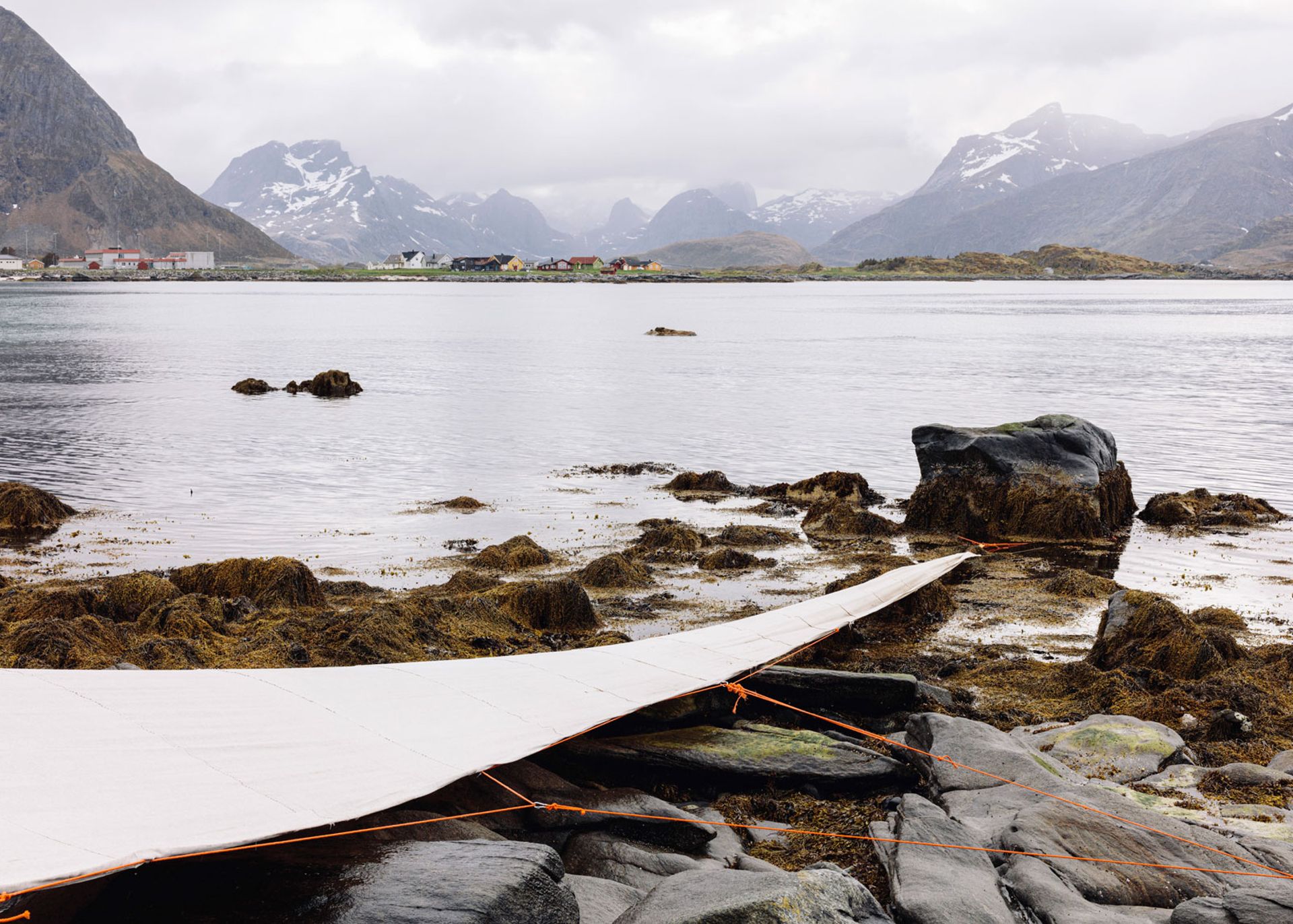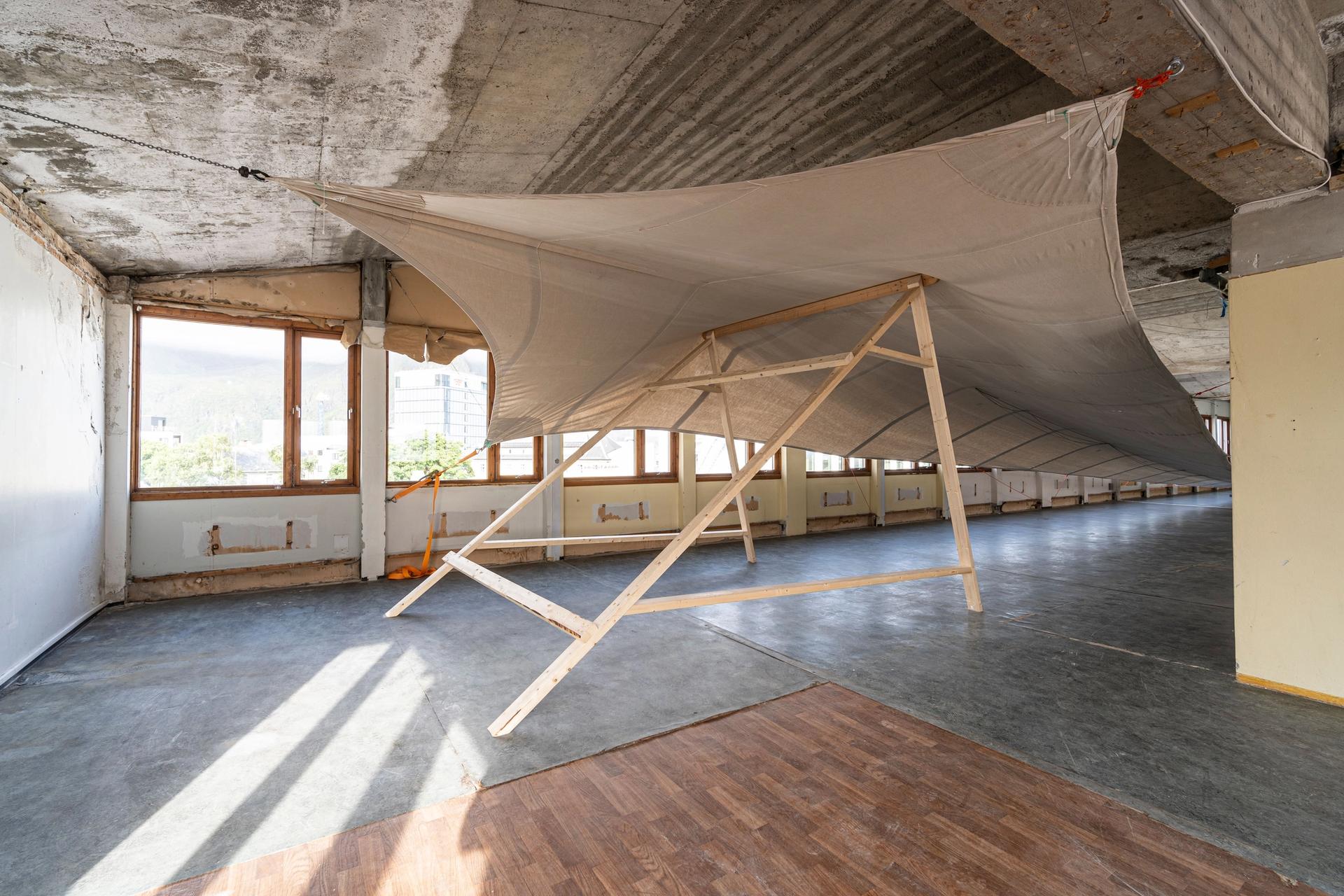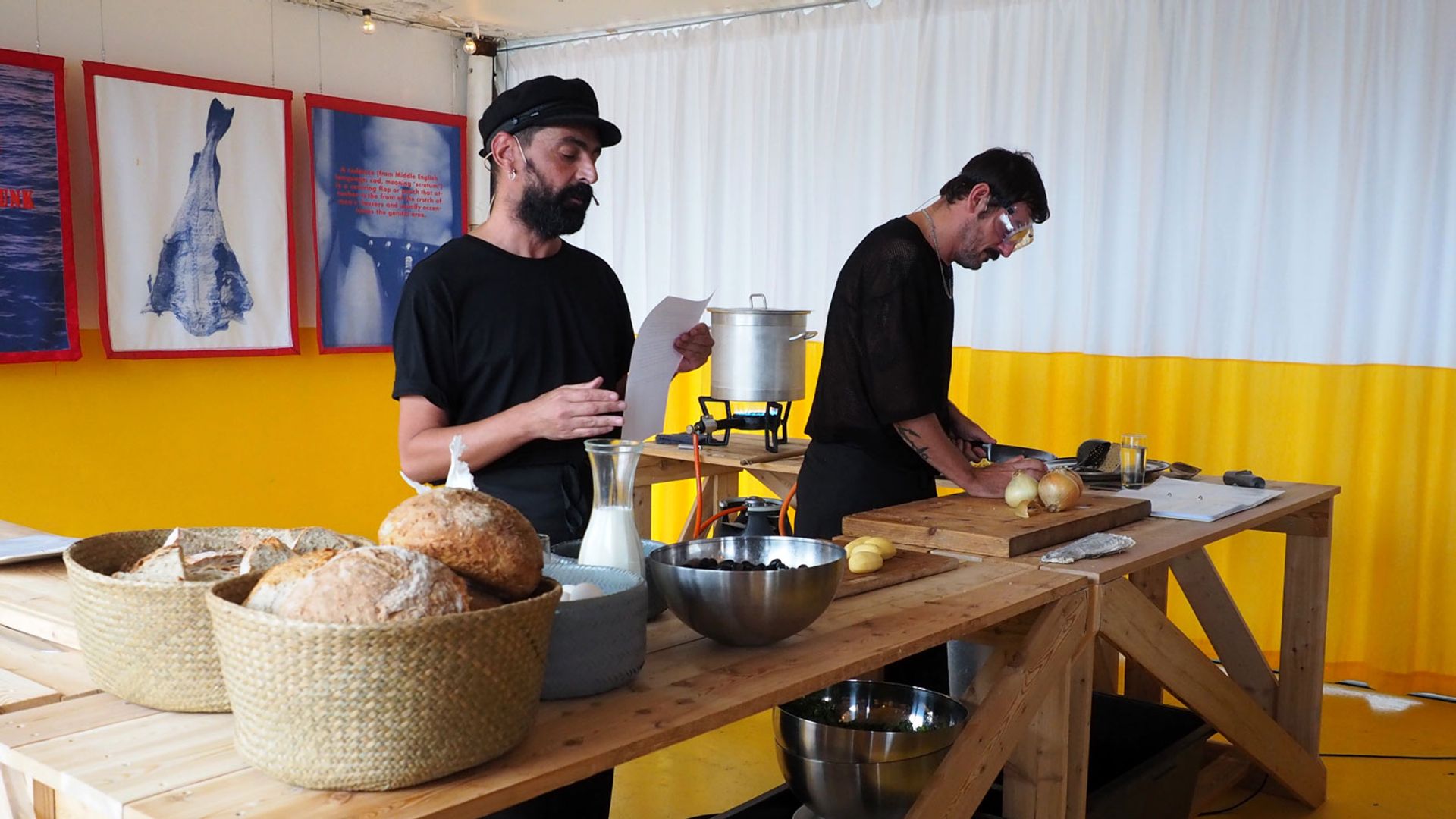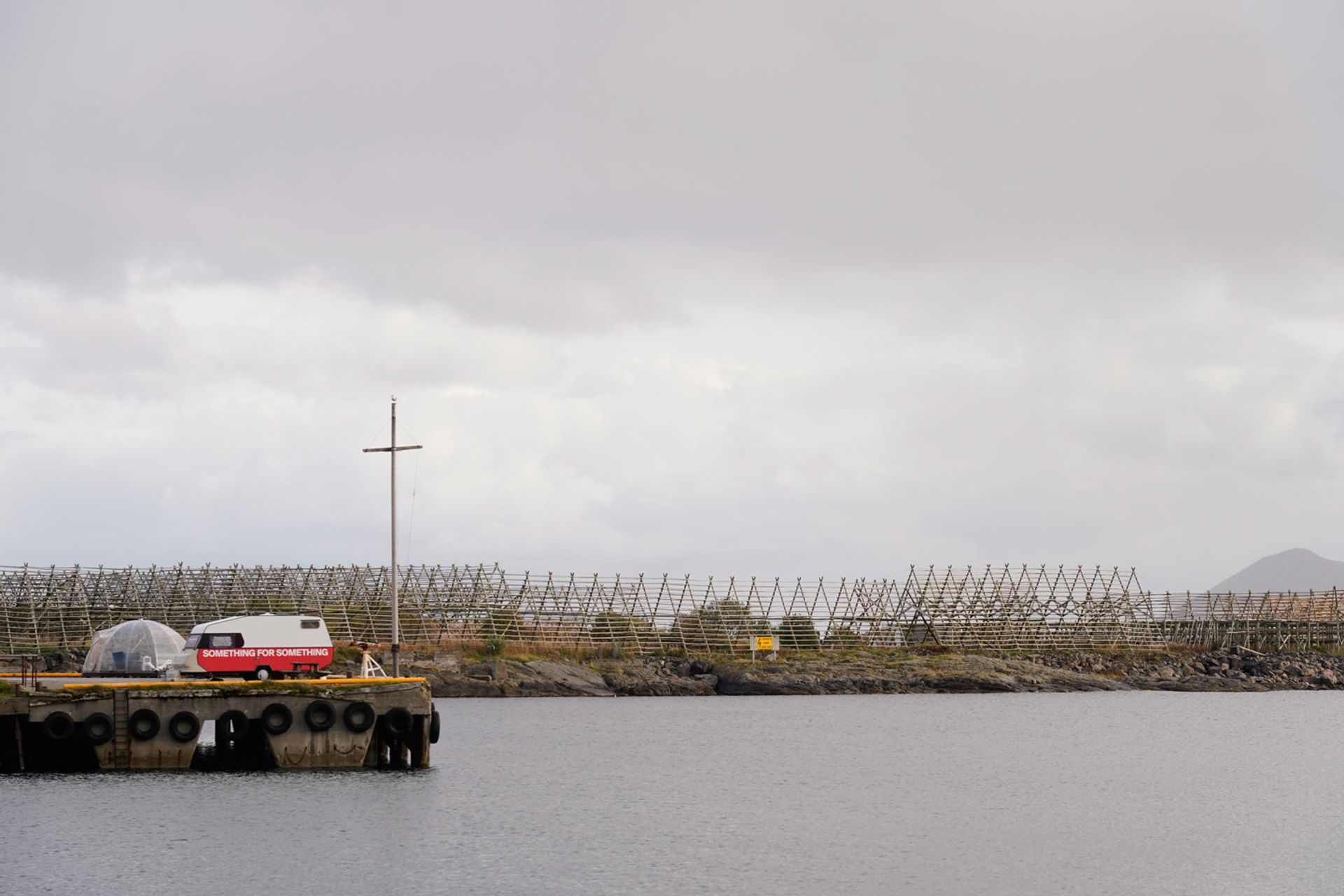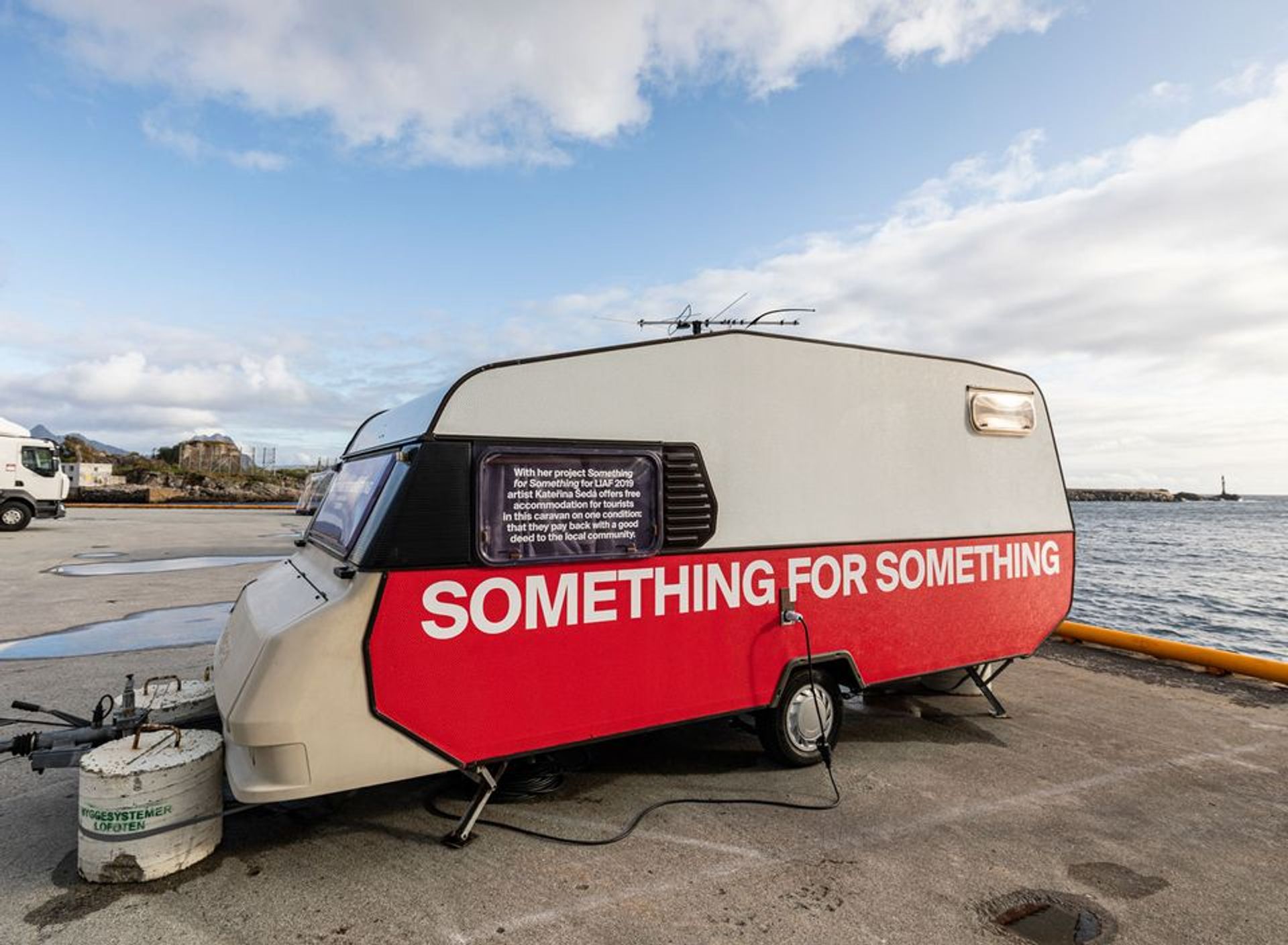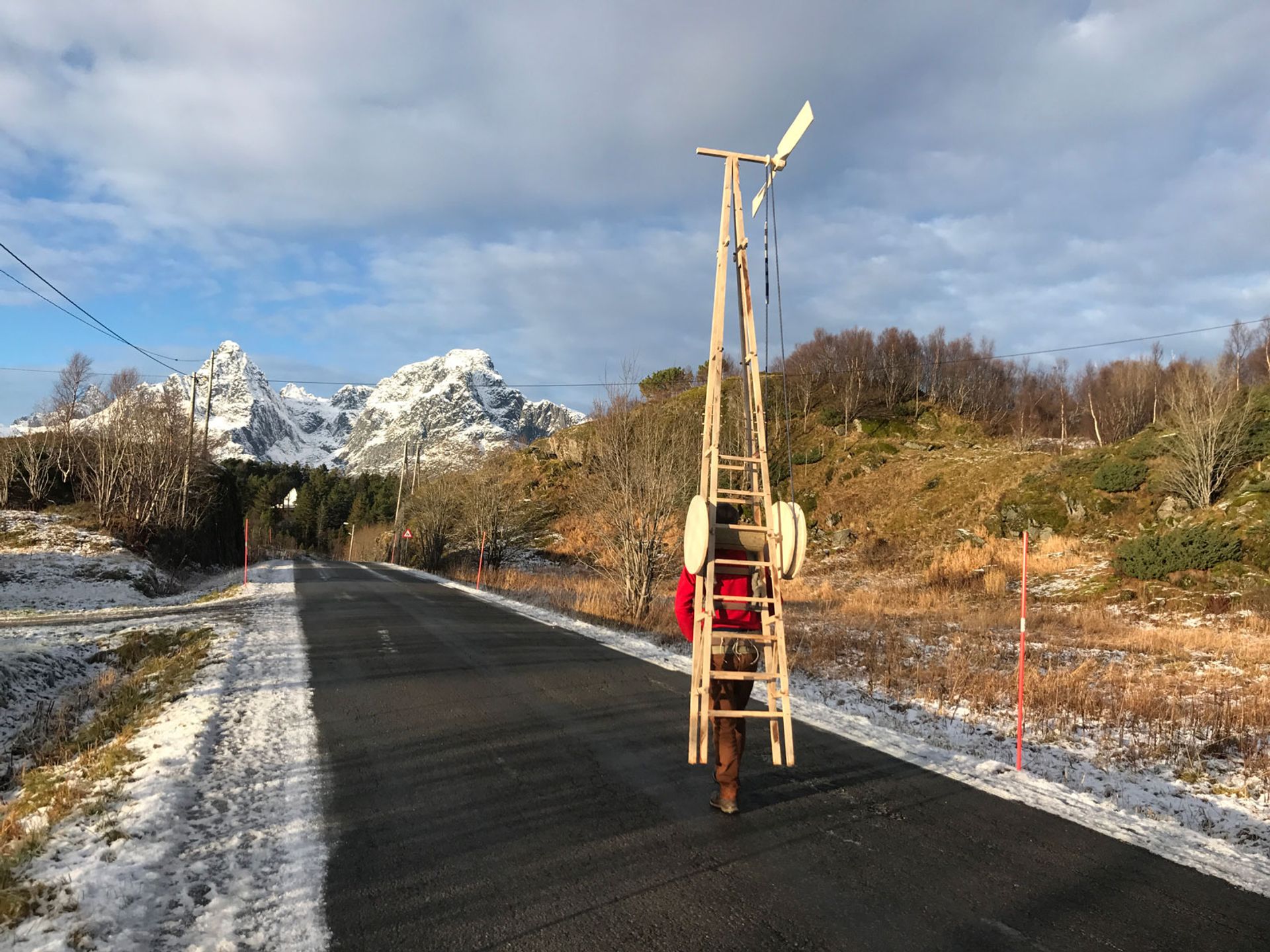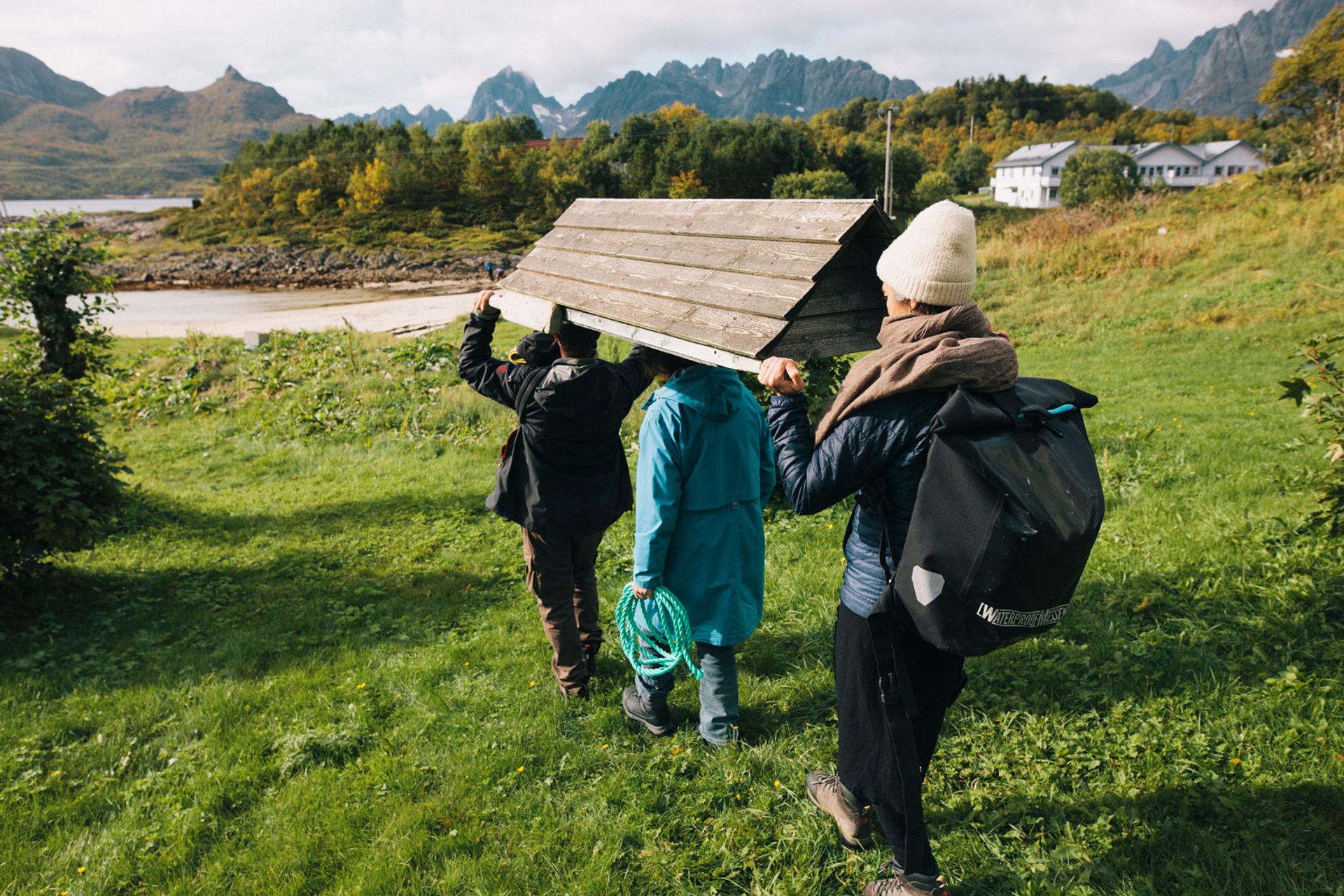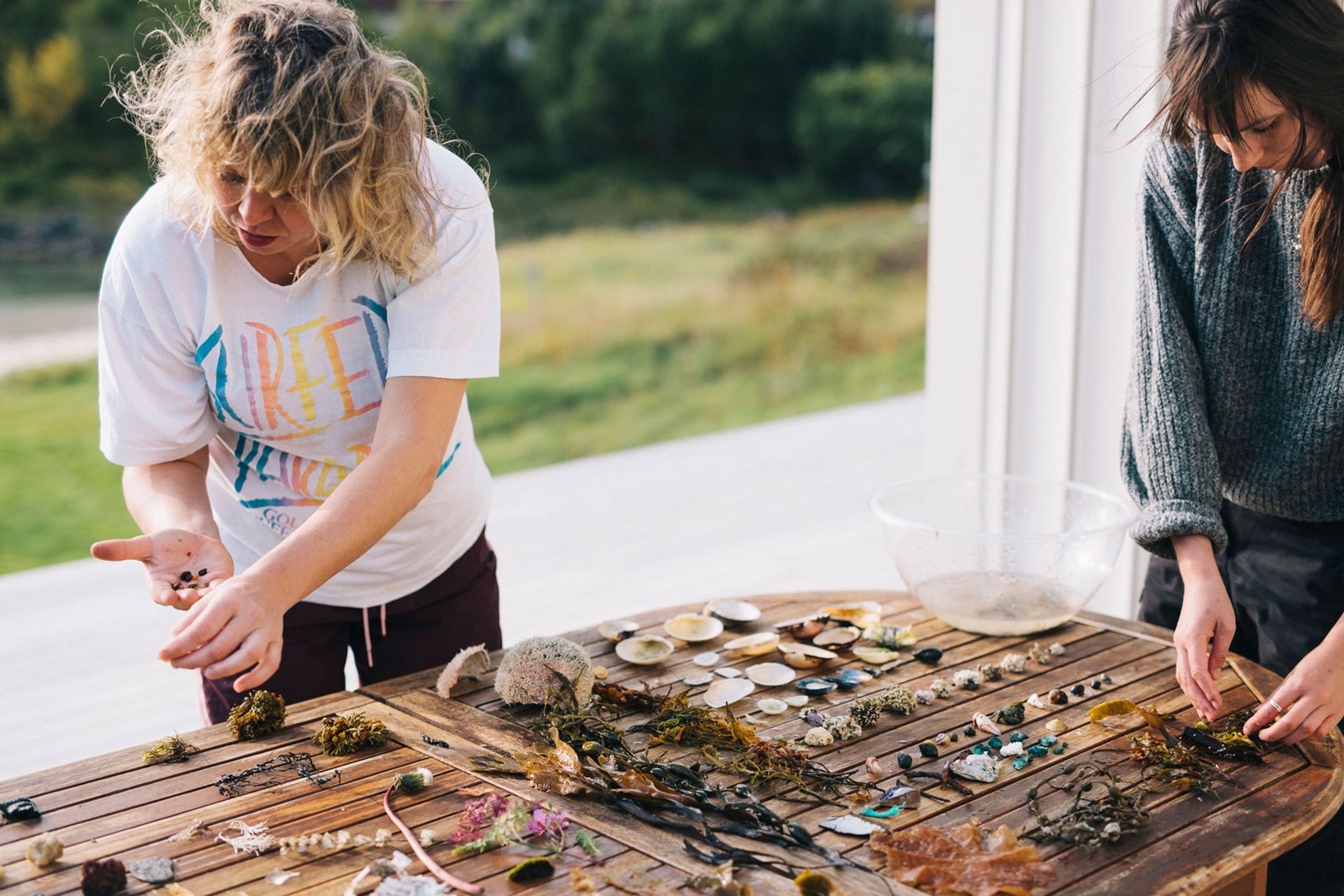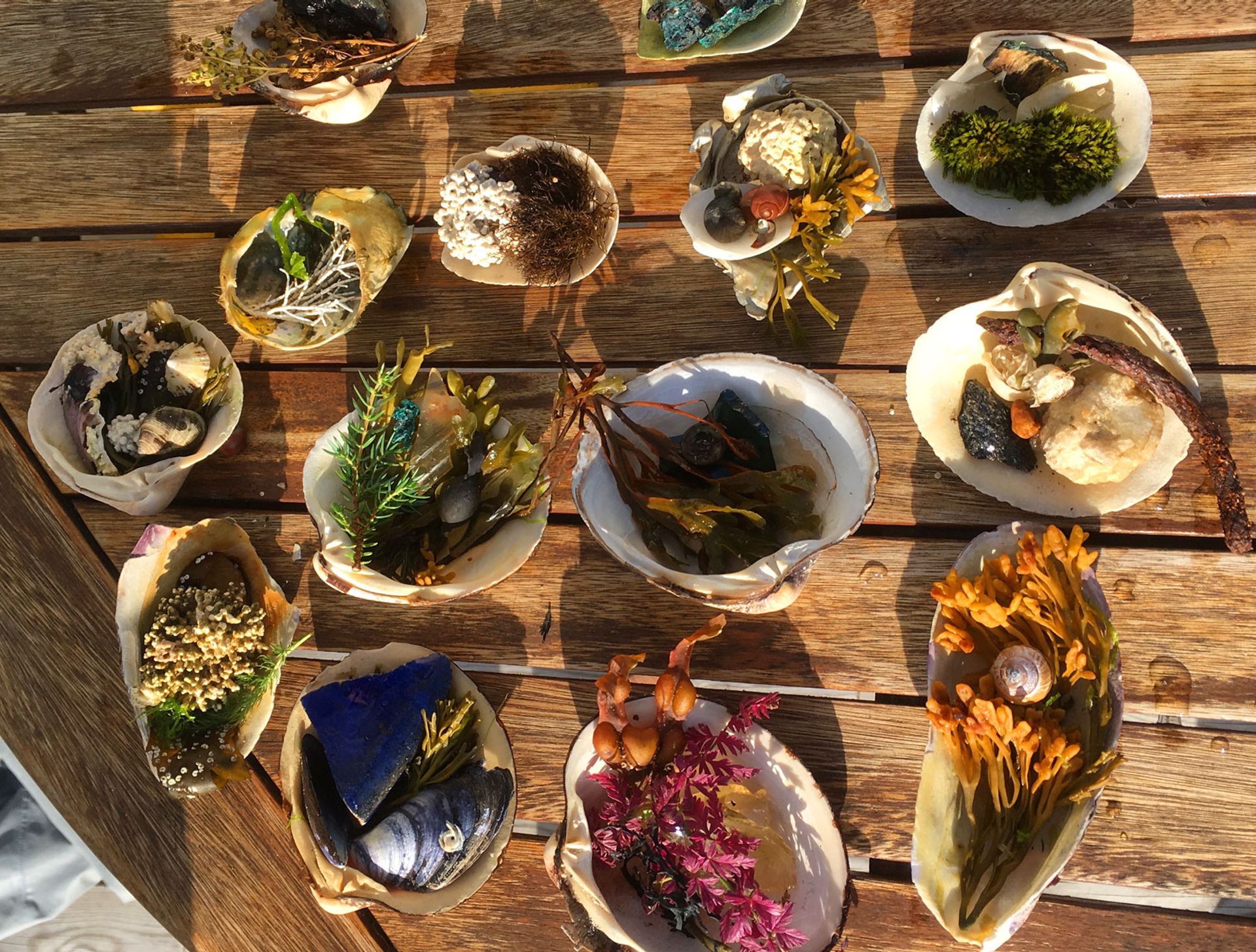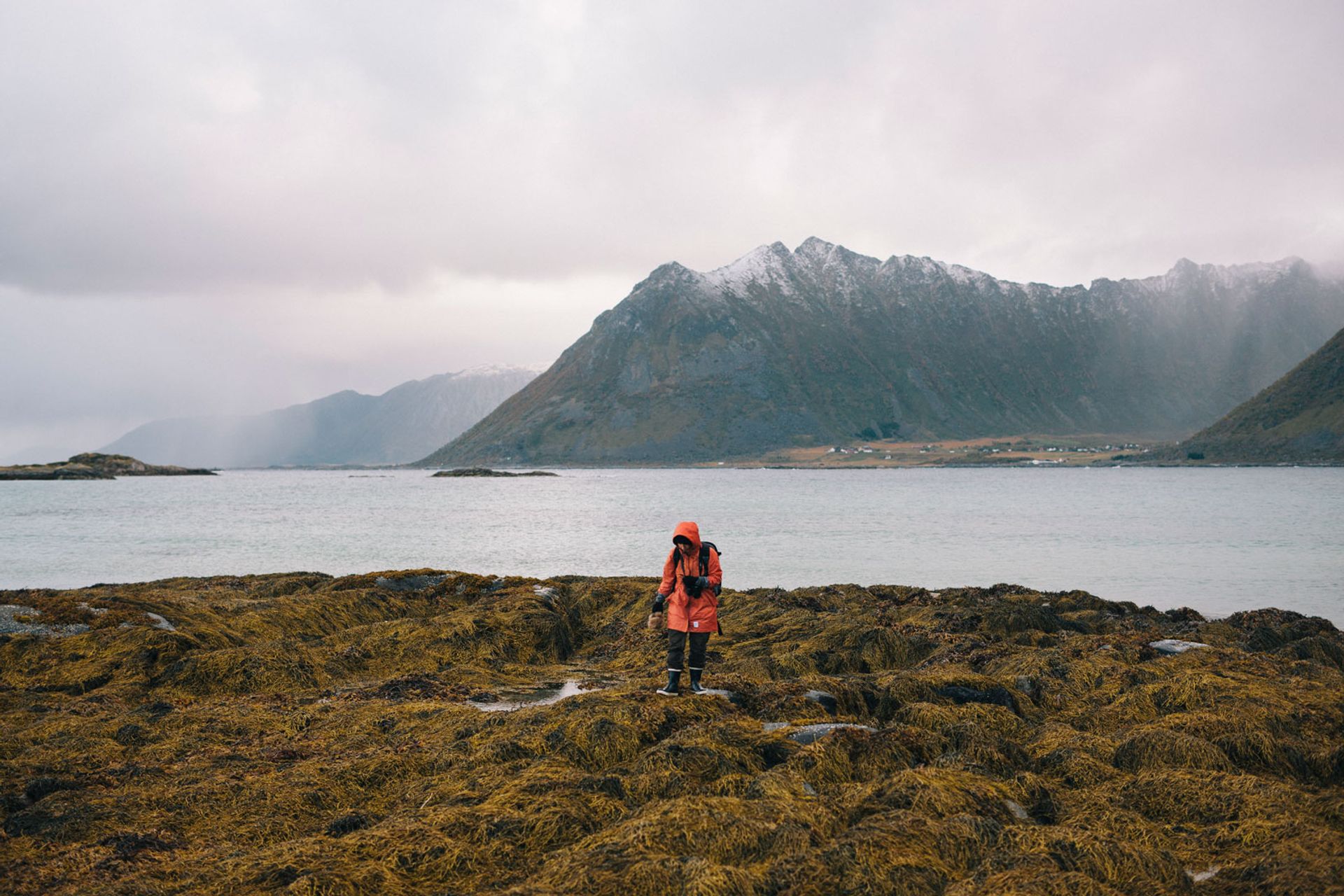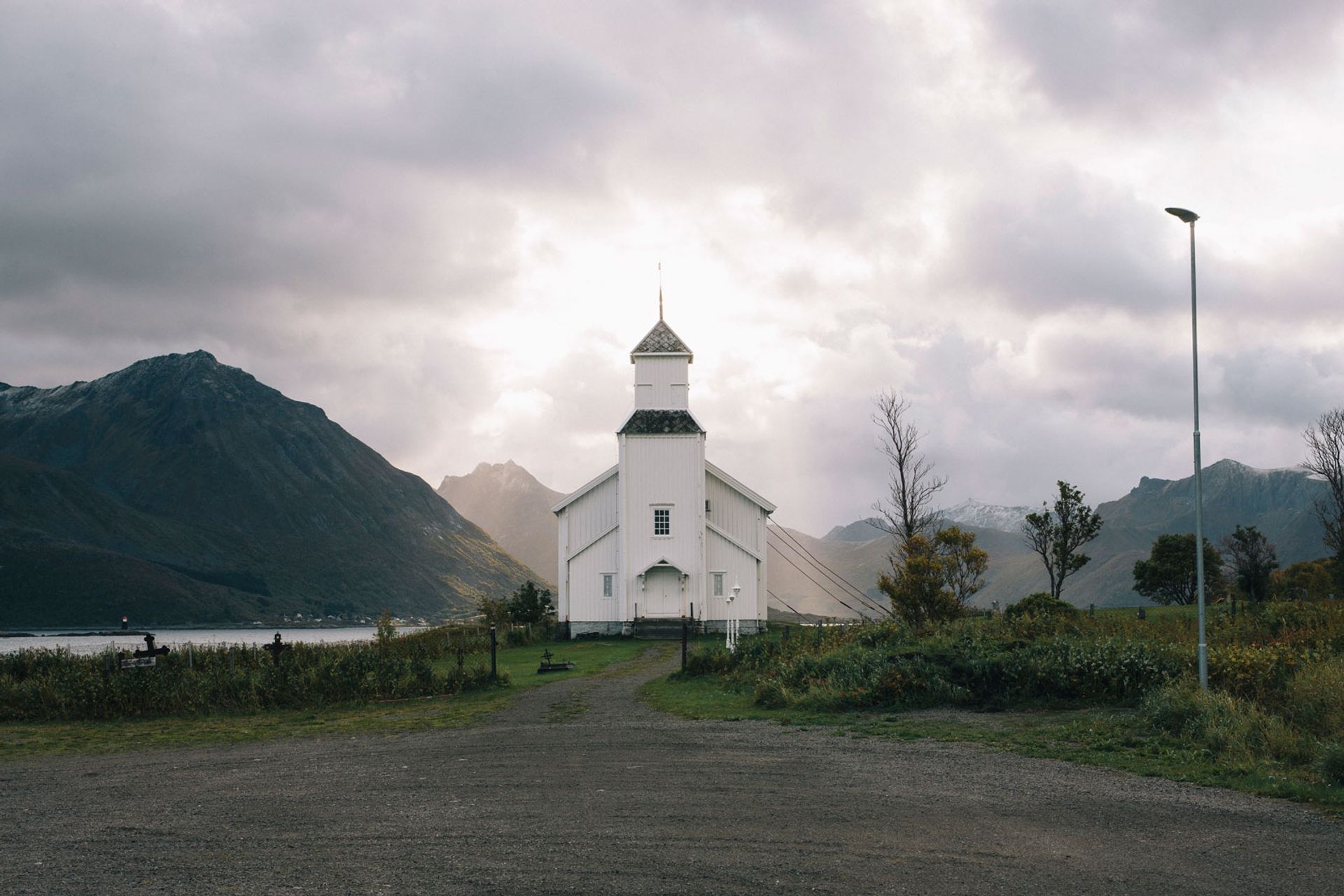The Lofoten International Art Festival (Liaf) takes place every two years on the Lofoten archipelago, just off the coast of northern Norway. The islands rise up out up of the Norwegian Sea in spectacular fashion and have for centuries been home to the country’s cod fishing industry, described in the 19th century by the country’s parliament as “Norway’s most important gold mine” (this was, of course, before the country struck black gold in the North Sea at the end of the 1960s). The cod industry continues to be one of the main industries in the area and has been joined in the past few decades by a significant growth in nature tourism.
Liaf’s two main exhibition venues this year are the Former Lofotposten Building and the North Norwegian Art Centre, both of which are in Lofoten’s largest town Svolvær. However, this edition has also placed a particular emphasis on artists’ residencies and workshops in different communities around the islands, with the first one beginning back in July 2018. Around 30 artists have taken part in Liaf 2019 and below are some of the highlights from the exhibition, residencies and workshops.
The main funding for Liaf comes from the Arts Council Norway.
• Lofoten International Art Festival, Svolvær, Lofoten, until 29 September
• For more on Liaf, see Work of art advertised on Airbnb lets visitors stay for free in the Arctic Circle—but there’s a twist


